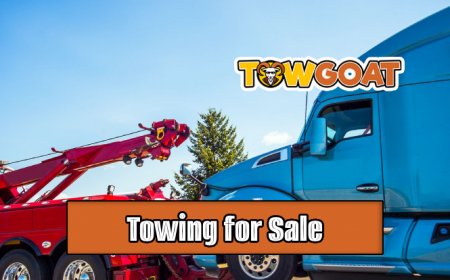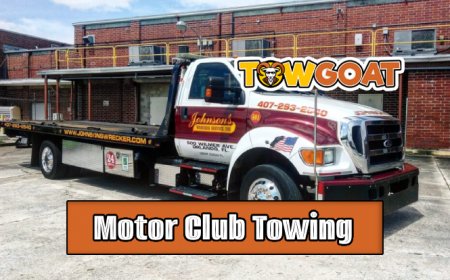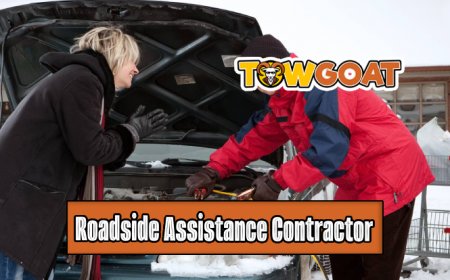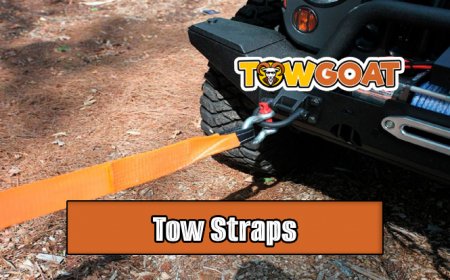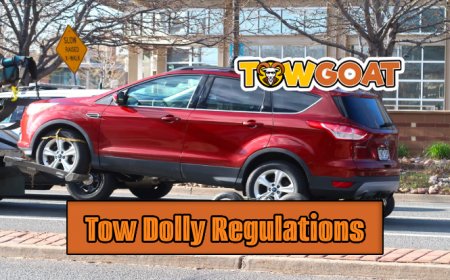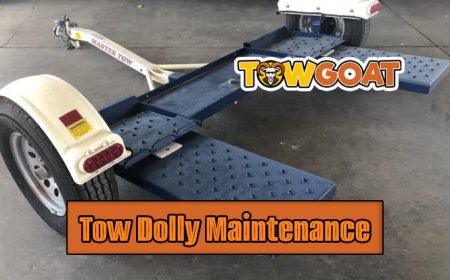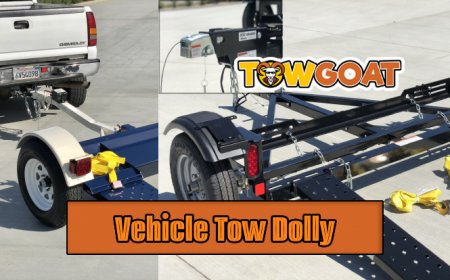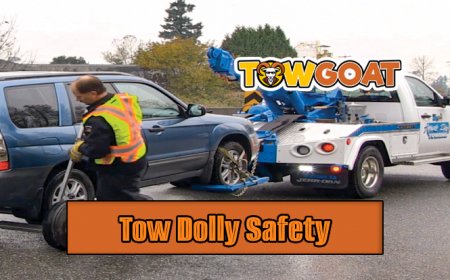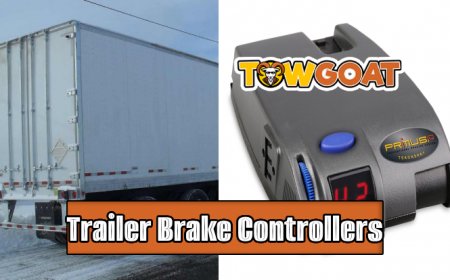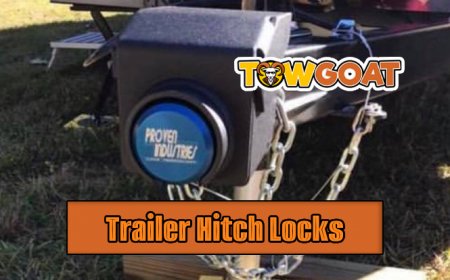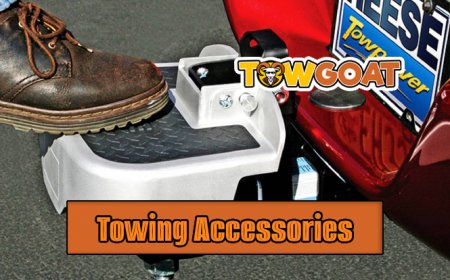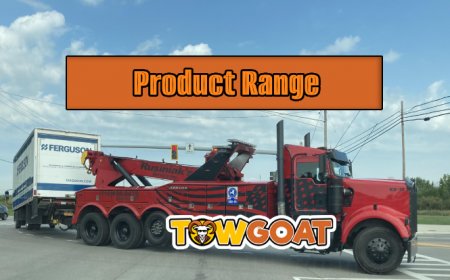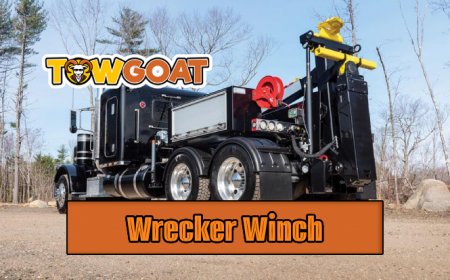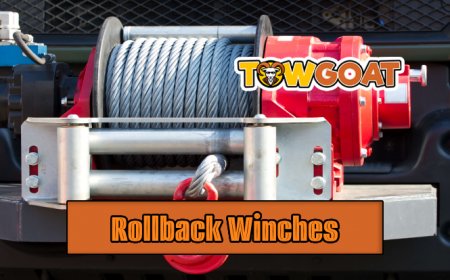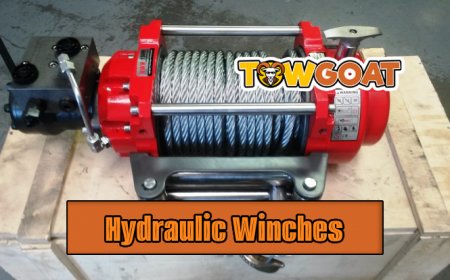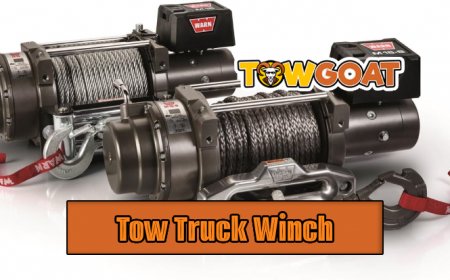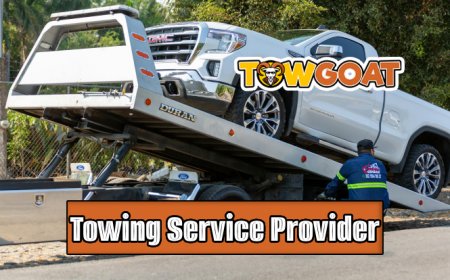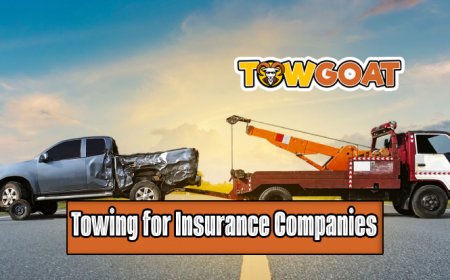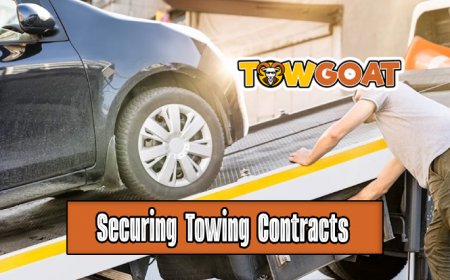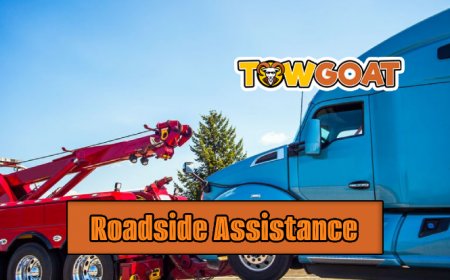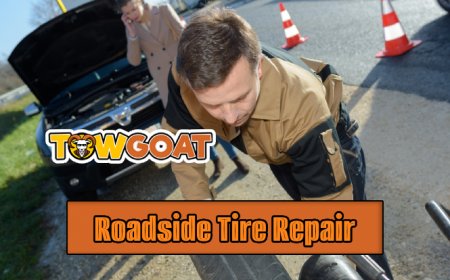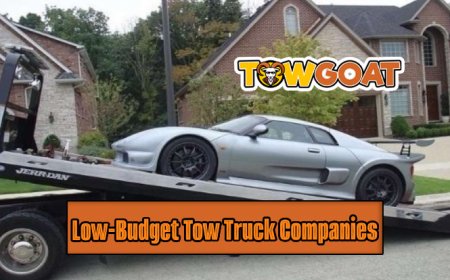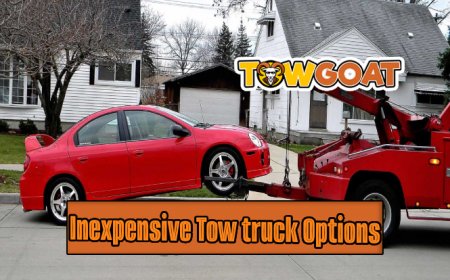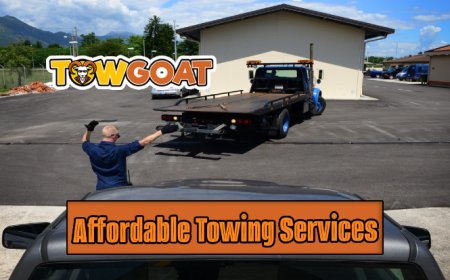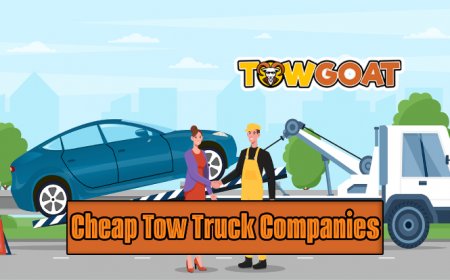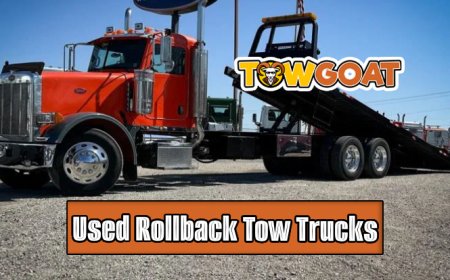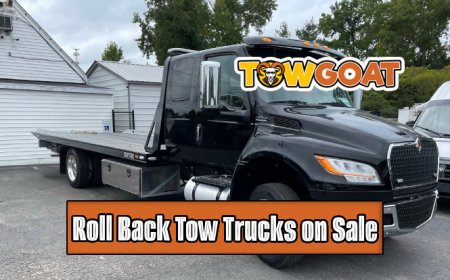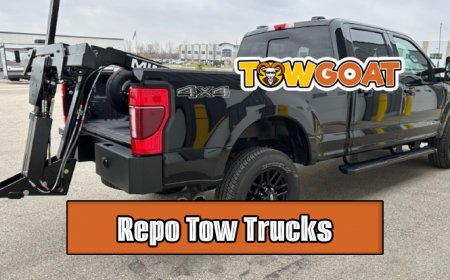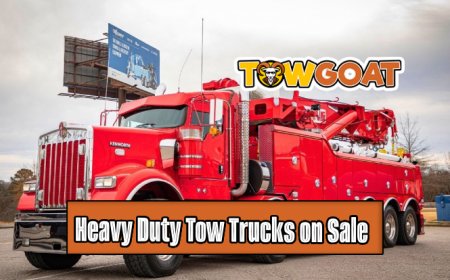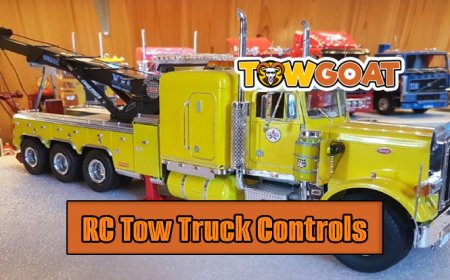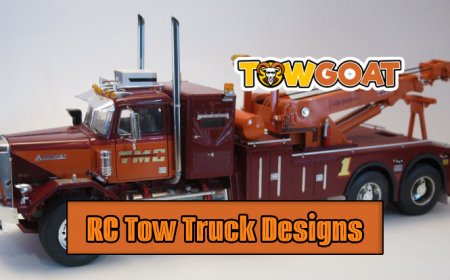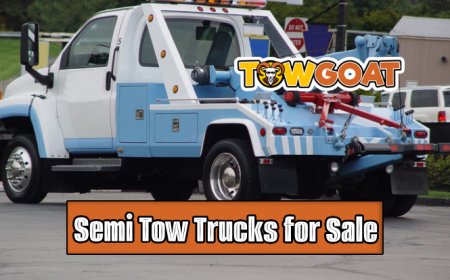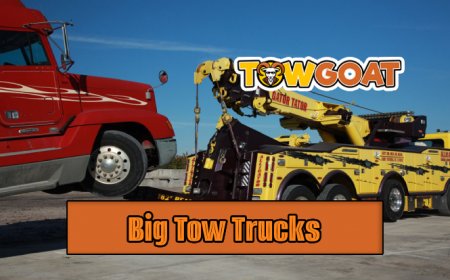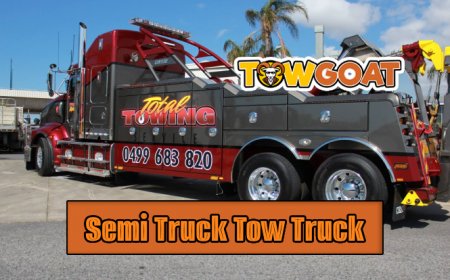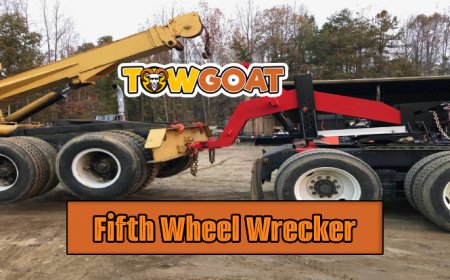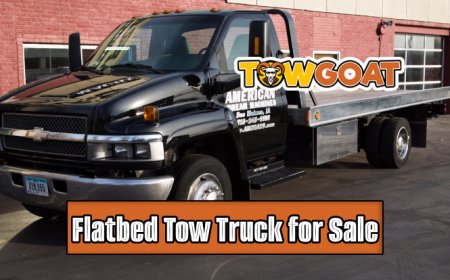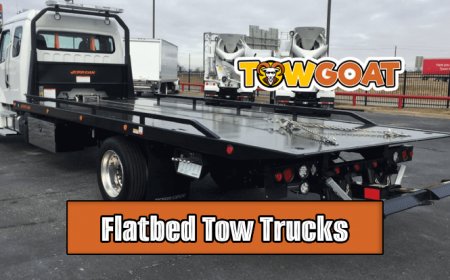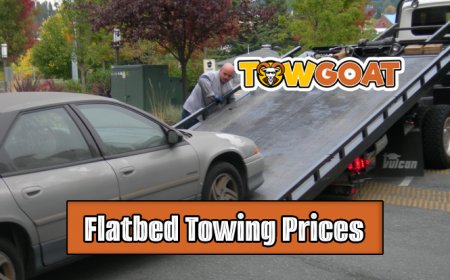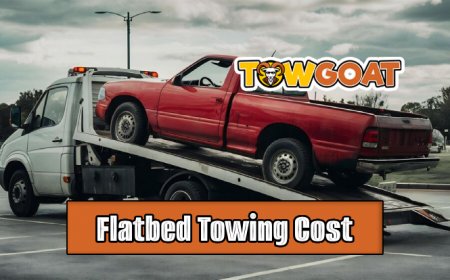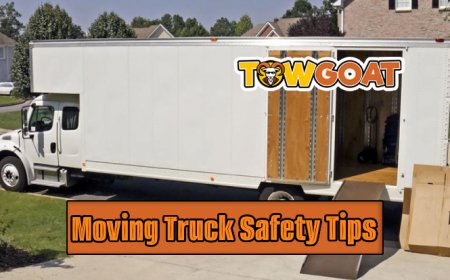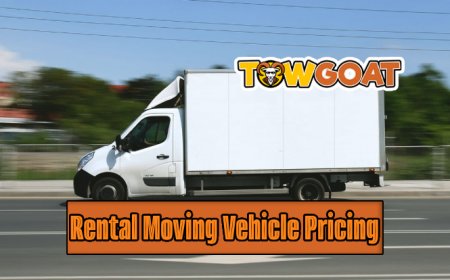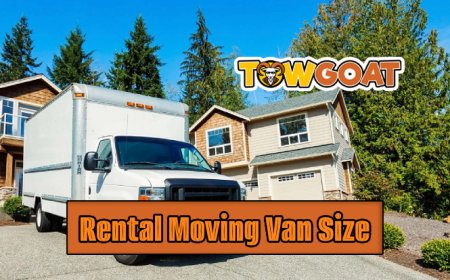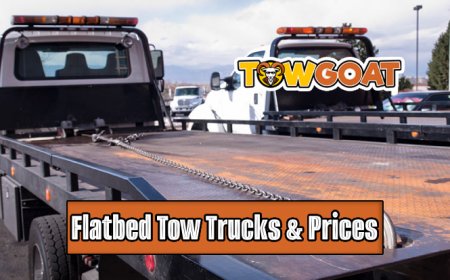The In-Depth Review of Flatbed Towing
Get an in-depth review of flatbed towing and its significance in the transportation industry. Your go-to for all things flatbed towing!
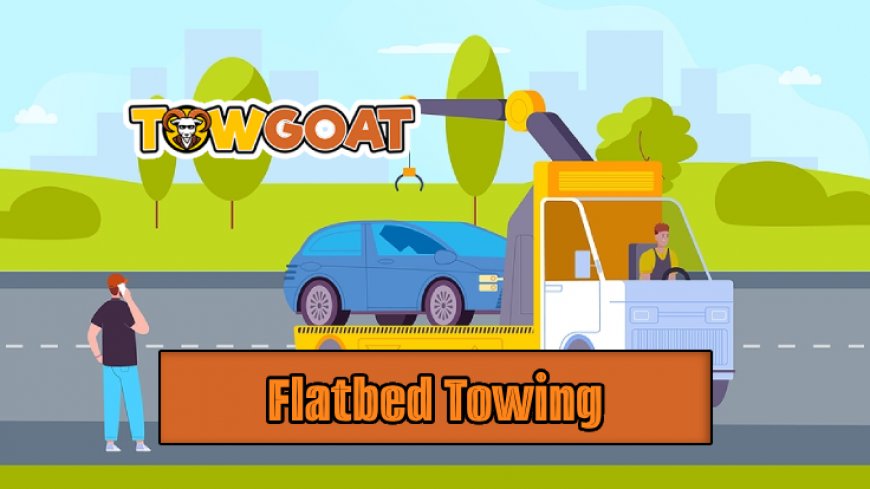
Flatbed towing has emerged as a staple in the towing industry because of its versatility and efficiency. Culled from the minds of industry experts, this article dives deep into the workings of flatbed towing - from its functions, benefits, to the best practices that promote safety and efficiency. Ready to go on a journey across the flatbed's surface? Buckle up!
Unraveling the Mystery of Flatbed Towing
History has a funny way of simplifying complex inventions. Just as the wheel led to the invention of various modes of transportation, flatbed towing has revolutionized the towing sector. To truly understand its impact, dive into its day-to-day operations, best practices, and costs associated with it.
Table of Contents
- Overview of Flatbed Towing
- Advantages of Flatbed Towing
- How does Flatbed Towing Work?
- Safety Measures in Flatbed Towing
- Costs Involved in Flatbed Towing
- Choosing a Flatbed Tow Truck
- Best Practices in Flatbed Towing
Overview of Flatbed Towing

Flatbed towing, as the name suggests, utilizes a truck or a larger vehicle equipped with a flat bed at its rear to transport damaged, brokendown, or impounded vehicles from one location to another. This method of towing is often considered more secure compared to alternative towing methods because the vehicle being towed remains in a stable position atop the flatbed, greatly reducing the potential for further damage during the towing process.
Advantages of Flatbed Towing
Flatbed towing offers numerous benefits, making it the popular choice among towing professionals and vehicle owners alike. Let's take a closer look at some of its significant advantages:
- Safety: Flatbed towing ensures the vehicle is secure throughout the journey, thereby reducing the risk of further damage. Furthermore, it prevents the towed vehicle wheels from contacting the road, making it an ideal choice for long-distance tows and high-end cars.
- Versatility: Whether it's an SUV, motorcycle, boat, or a prized luxury car, flatbed tow trucks can handle a wide variety of vehicles. The overall process is also less stressful on the vehicle, making it the go-to choice for transporting vintage or exotic cars.
- Simplicity: Loading a vehicle onto a flatbed tow truck is simple and straightforward, compared to navigating through complicated dolly configurations.
How does Flatbed Towing Work?
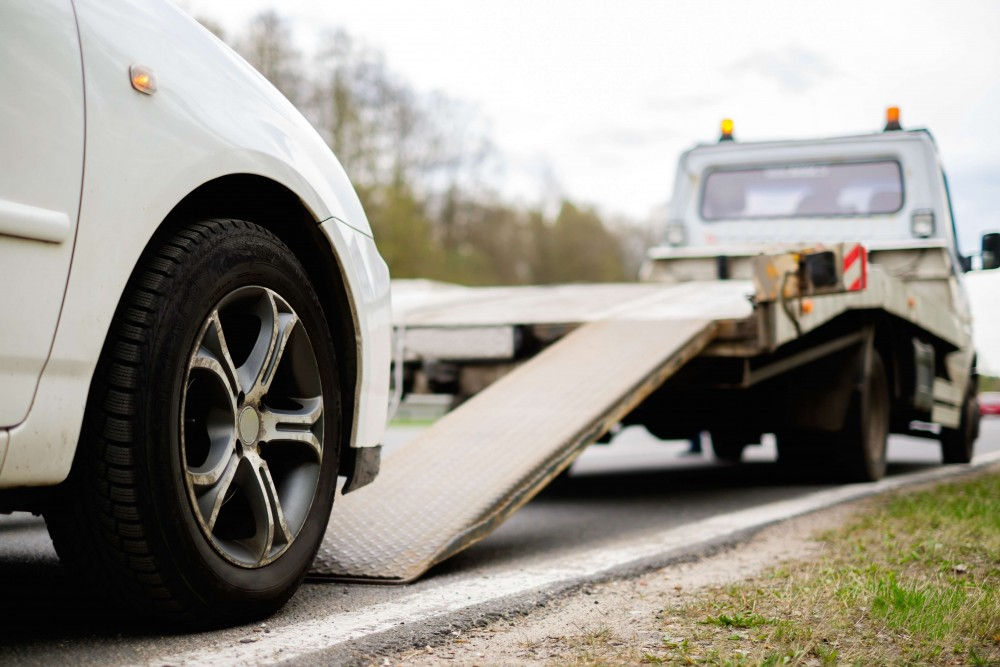
The operation of flatbed towing trucks indicates ingenious engineering combined with practical efficiency. Here's a look at the step-by-step process:
- Positioning the Truck: The flatbed tow truck aligns itself with the vehicle needing to be towed, either by backing up to it or parking diagonally.
- Lowering the Flatbed: Using hydraulic systems, the flatbed is then lowered to be either completely flat or at a slight incline, providing a ramp for the vehicle to be winched or driven onto it.
- Mounting the Vehicle: With gentle guidance, the vehicle is loaded onto the flatbed. If the vehicle isn’t drivable, it is pulled onto the bed using winches.
- Securing the Vehicle: Once loaded, the vehicle is secured into place with strong chains or straps to prevent movement during transport.
- Repositioning the Flatbed: The flatbed is then raised back into its horizontal position, ready to transport the car safely to its destination.
Operating a flatbed tow truck requires particular skills and knowledge to ensure the safe and efficient towing of vehicles. But what about precautions to be taken while performing this task?
Safety Measures in Flatbed Towing
With safety a priority in all towing operations, flatbed towing is no different. Precautionary measures need to be implemented to reduce accidents on the road and protect both drivers and vehicles. Some recommended safety practices include:
- Regular maintenance of the tow truck to avoid mechanical failures.
- Checking tie-down equipment for wear and tear to ensure secure fastening.
- Professional training for drivers to understand and safely operate towing equipment.
Total Number of Accidents and Statistics in Towing Industry (Year prior)
Research from the previous year demonstrated how these safety measures drastically reduced accidents within the towing industry. These efforts reiterate the necessity for constant safety emphasis within the realm of flatbed towing.
By considering these, we can appreciate the complexities involved in flatbed towing. But how much does this all weigh on your pocket?
Costs Involved in Flatbed Towing
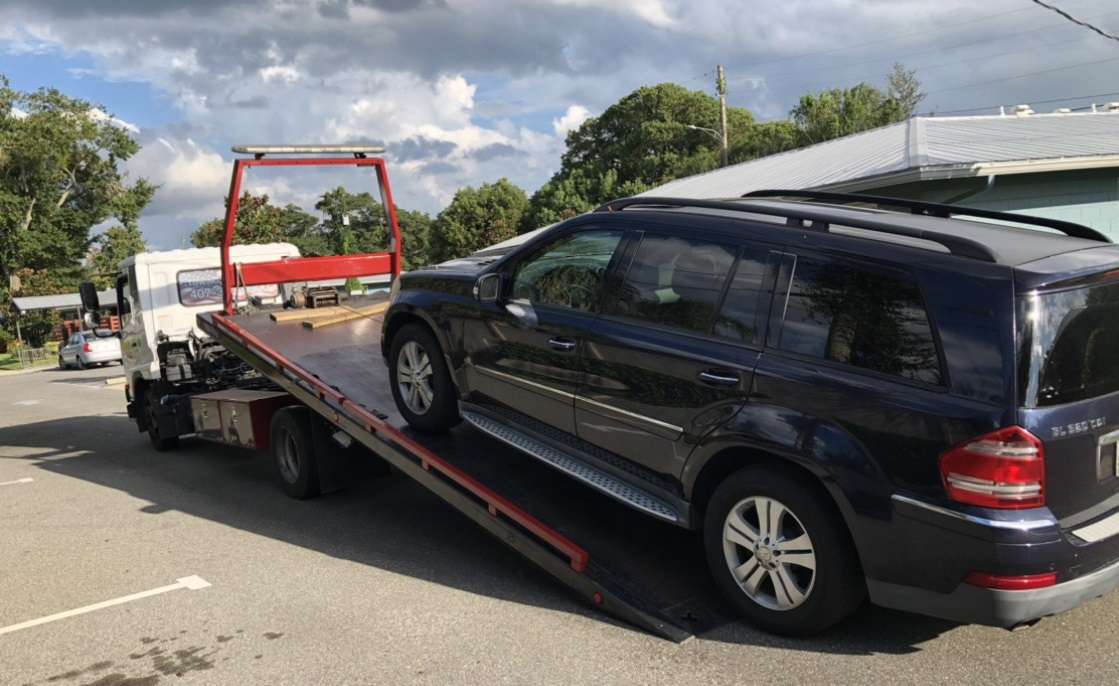
Understanding the cost of flatbed towing involves considering several factors such as the distance of the tow, the weight of the vehicle, and the condition of the vehicle. In general, towing costs can range from $75 to $125 for local towing, while long-distance towing may cost more than $2 per mile. But remember, these prices may vary depending on the towing company and regional costs.
"Flatbed towing might sometimes be more expensive than the traditional methods”, states an industry veteran. “However, the secure transport of your vehicle often justifies the added expense."
Choosing a Flatbed Tow Truck
Buying a flatbed tow truck is a significant investment and requires careful consideration. How about a quick checklist to guide you through the process?
- Evaluate Your Needs: Your choice should reflect the type of jobs you'll be handling. For instance, towing service providers dealing with larger vehicles might prefer heavy-duty flatbeds.
- Check the Truck's Condition: If you're opting for a used flatbed tow truck, ensure there's no extensive damage, and the truck adheres to all safety regulations. When buying new, look for warranties and a reliable after-sales service.
- Consider the Cost: An economical option might attract you, but keep in mind the lifetime value and operating costs of the truck.
Best Practices in Flatbed Towing
Following industry best practices can immensely contribute to the success of your towing operations. Here we share a compilation of tried and tested practices that can streamline your day-to-day operations:
The Golden Rule of Positioning
Always ascertain that the flatbed is positioned correctly before loading a vehicle. Misplacement could lead to tipping or damaging both vehicles. Remember, rushing through the setup might eventually cause delays.
The Importance of Secure Fastening
Never gloss over the importance of secure attachment. Quality chains or straps that can withstand the weight of the vehicle play a determining role in the safety of the transport. Regular checks for wear and tear and prompt replacements are necessary too.
Driver Awareness
Awareness and understanding of the flatbed's capabilities and limiting factors are critical to drive safely. Drivers must also be well versed with traffic rules and vehicle physics to manage challenging situations effectively.
Implementing these best practices in flatbed towing ensures all parties involved in the towing process are safe and free from risk, further contributing positively to the towing industry.
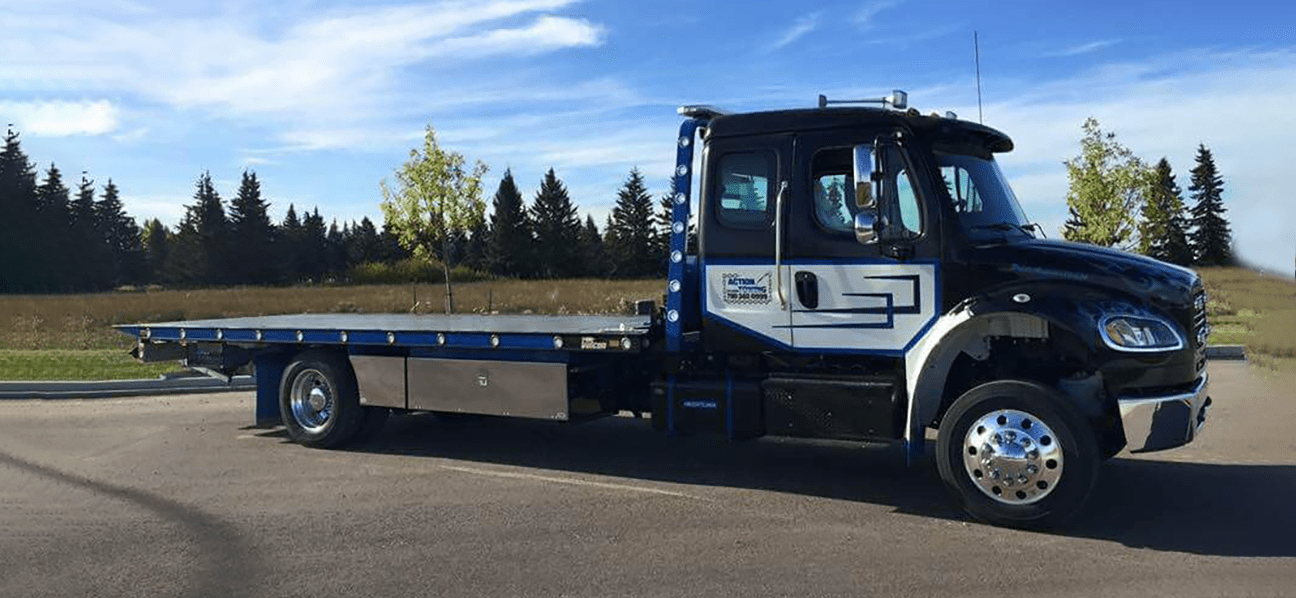
Conclusion
Flatbed towing, with its multitude of benefits, continues to reign as a preferred option in the towing industry. Its ability to provide secure and damage-free transport makes it an invaluable asset in vehicle recovery operations. While it comes with its own set of complexities and expenses, with proper understanding and practices in place, the realm of flatbed towing can be easily navigated. Whether you're a professional in the field or a vehicle owner, understanding the ins and outs of flatbed towing is a wise move towards safer and more efficient practices. So, here's to hauling you towards towing triumphs!
What's Your Reaction?







